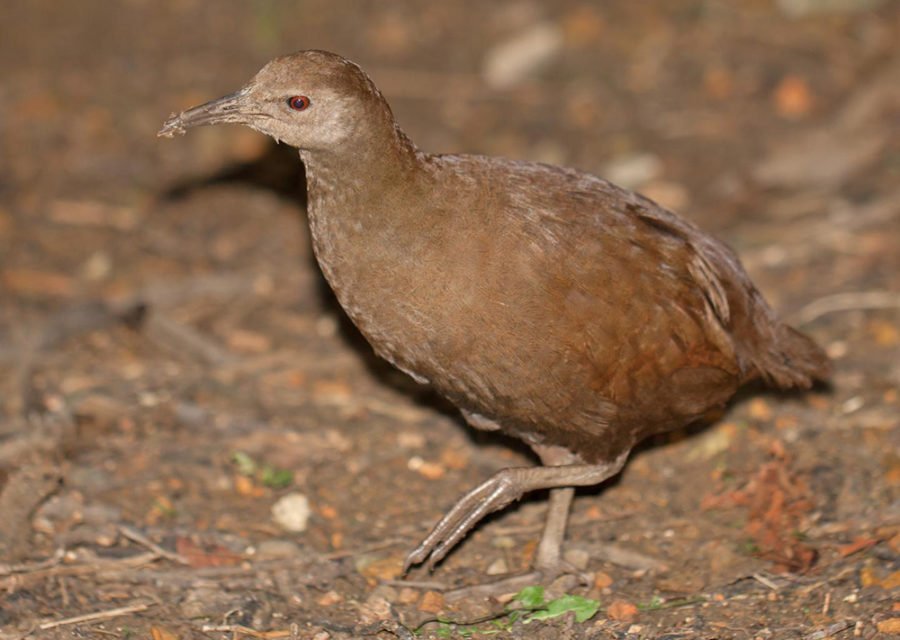Resurrecting extinct species might not be worth it, study finds

WE SHOULD TREAD carefully before bringing extinct species back from the dead – à la Jurassic Park – as doing so could cause more harm than good, according to a new study.
An international team of researchers conducted a cost-benefit analysis – using New South Wales and New Zealand as examples – to figure out how bringing species back from the dead might stack up against saving species that are threatened but not yet extinct.
They found that by spending already stretched conservation resources on ‘de-extinction’ – resurrecting and maintaining populations of currently extinct species – surviving (or extant) species could in fact be further endangered.
“De-extinction, while intellectually exciting, may not be the best investment for maximising biodiversity,” said Hugh Possingham, Chief Scientist of The Nature Conservancy in Virginia, USA and co-author on the new paper.
“In most cases the actions necessary for securing resurrected species don’t give sufficient benefits to existing threatened species,” he added.
Win-lose: Choosing species to save
The researchers analysed the number of species that governments in New Zealand and NSW could afford to conserve, basing cost estimates on recently extinct species and similar extant species such as the Lord Howe pigeon, eastern bettong, bush moa and Waitomo frog.
They found that while reintroducing some recently extinct species to their old habitats might improve biodiversity locally, the bigger picture wasn’t so rosy. For example, government-funded conservation for 11 extinct frog species in New Zealand was found to sacrifice conservation for nearly three times as many living species.
The picture was similar when external rather than public funding was considered – it was found that non-government funds to bring back and conserve five extinct NSW species could instead be used to save more than 42 existing species.
“Given the considerable potential for missed opportunity, and risks inherent in assuming a resurrected species would fulfil its role as an ecosystem engineer or flagship species, it is unlikely that de-extinction could be justified on grounds of biodiversity conservation,” said Hugh, who is also affiliated with the University of Queensland.
He added, however, that there may be some instances in which the case for de-extinction is stronger – for example, if doing so brings a host of other conservation measures that help more species, or if the resurrected species plays a particularly important role in the ecosystem. In these cases, “de-extinction might be a good idea once we have stabilised current species losses,” he said.
While the technology for ‘de-extinction’ is still some way off, these findings suggest a cautious approach will be needed when choosing which species should be reintroduced, and where. The findings could also help inform and prioritise current conservation efforts.
The study was published this week in the journal Nature Ecology and Evolution, and led by Dr James Bennett, formerly of the University of Queensland and now at Carleton University in Canada.
READ MORE:
- Cloning brings extinct frog back from the dead
- Australian endangered species list
- Endangered Aussie bird bouncing back

